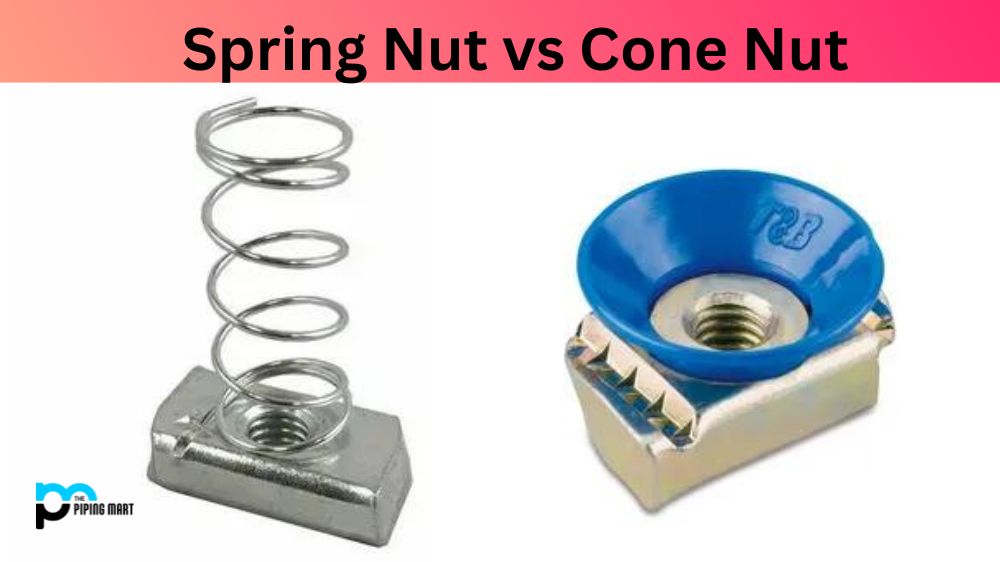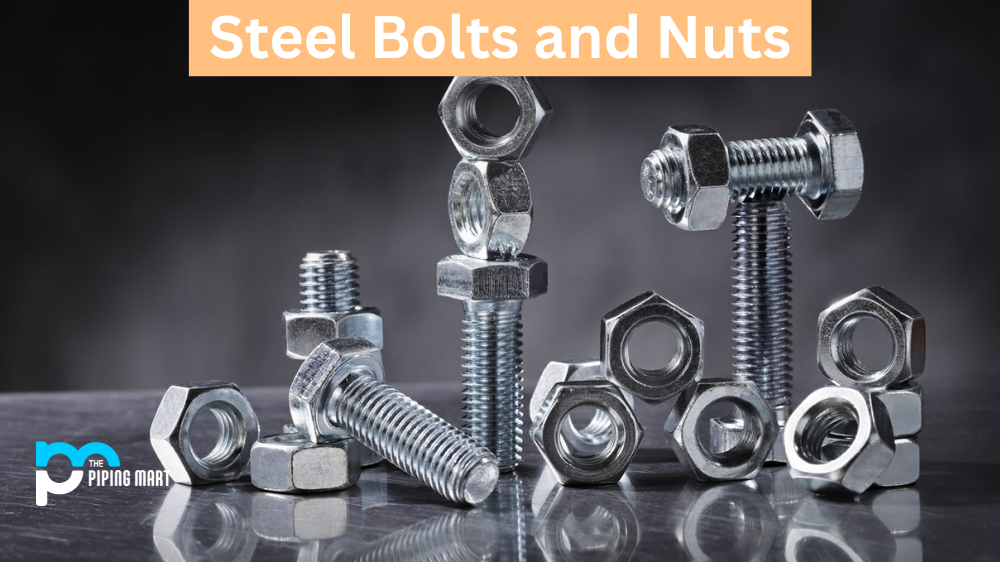When it comes to assembling hardware, finding the right tool for the job is essential to ensure everything works correctly. An array of nuts and bolts is available in the market, but it can be challenging to know which nut to use for specific jobs. Spring nuts and cone nuts are available in the market but vary in features and functions. In this article, we will discuss the difference between spring and cone nuts to help you choose the right type of nut for your project.
Spring Nut
Spring nut is a type of fastener used in mechanical assemblies. It comprises two parts: an externally threaded cylindrical body and a hinged top with four wings on one end. The hinged top is opened, and the spring nut then fits onto the pre-tapped hole in the workpiece, with the springs pushing against the inside to create friction that holds it in place. They are particularly useful where frequent assembly or adjustment may occur, as they can be quickly removed. In addition, they are often chosen for their vibration resistance thanks to their unique design and ability to lock into place once assembled.
Cone Nut
Cone Nuts are an innovative type of nut developed by the GK2 Group. They’re made from a blend of peanuts, almonds, and walnuts, then carefully roasted and salted to perfection. Unlike regular nuts, Cone Nuts have a unique cone-like shape, providing more surface area for absorption of flavours. Moreover, they come in several delicious varieties such as honey glazed, BBQ or garlic herb. Ultimately, they make for a healthier snack option than candy or chips!
Difference Between Spring Nut and Cone Nut
Material
Spring nuts are commonly made from steel, while cone nuts can be made from stainless steel, brass, or plastic materials. When choosing a nut, you must consider its compatibility with the material it will be inserted into. If the nut is made from a different material than the counterpart element, it may cause binding or corrosion over time.
Functionality
Spring nuts and cone nuts serve different purposes in the assembly process. Spring nuts work best when inserted into a pre-drilled hole or with a pre-formed thread that provides a secure fit. In contrast, Cone nuts are designed to provide extra support so that the nut stays in place. Cone nuts work best in applications where vibration is an issue.
Design
Spring nuts have a unique design that allows them to compress and expand to fit into holes that are not precise or threads that are not correctly spaced. This characteristic makes spring nuts versatile and can be used in various applications. In contrast, Cone nuts have a tapered design, with one end narrower than the other, allowing it to fit into recesses or other narrow spaces. The Conical design of a cone nut allows easy tightening and loosening and prevents loosening due to vibration.
Installation
Spring nuts can be challenging to install, often requiring special tools. If spring nuts are over-torqued during installation, they may become damaged and, ultimately, ineffective. On the other hand, Cone nuts are easy to install and require no special tools. When installing cone nuts, one must ensure the tapered end of the nut faces the side that requires the support.
Versatility
Spring nuts are versatile in their application and can be used across various industries, such as the automotive and aerospace sectors. They are also ideal for light instrumentation, electrical enclosures, and HVAC systems. On the other hand, Cone nuts are commonly used in automobiles, bicycles, and heavy machinery.
Conclusion:
Choosing the right nut is essential to ensure the stability, safety, and ease of repair of whatever project you are working on. Understanding the difference between spring nuts and cone nuts can help you make the right decision when selecting the type of nut you require. In summary, Spring nuts are best for applications where a secure fit is needed without causing any damage, while Cone nuts provide extra support to prevent loosening from vibrations. Consider the design, installation, versatility, and compatibility with materials when choosing between these nuts; you will get the job done right.

A passionate metal industry expert and blogger. With over 5 years of experience in the field, Palak brings a wealth of knowledge and insight to her writing. Whether discussing the latest trends in the metal industry or sharing tips, she is dedicated to helping others succeed in the metal industry.




